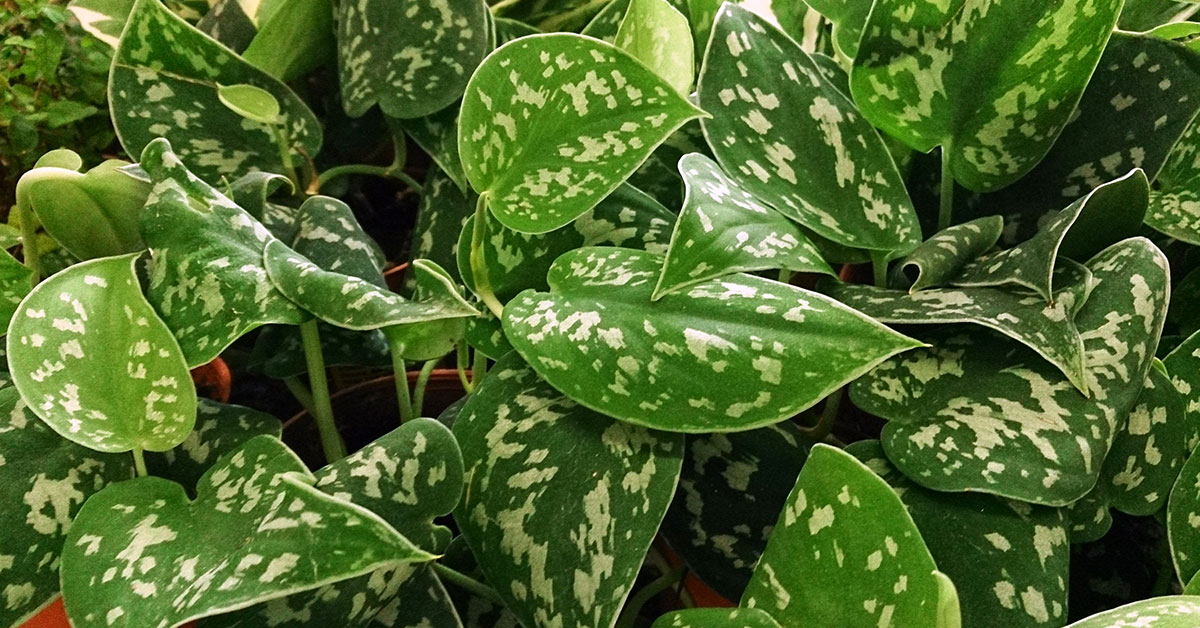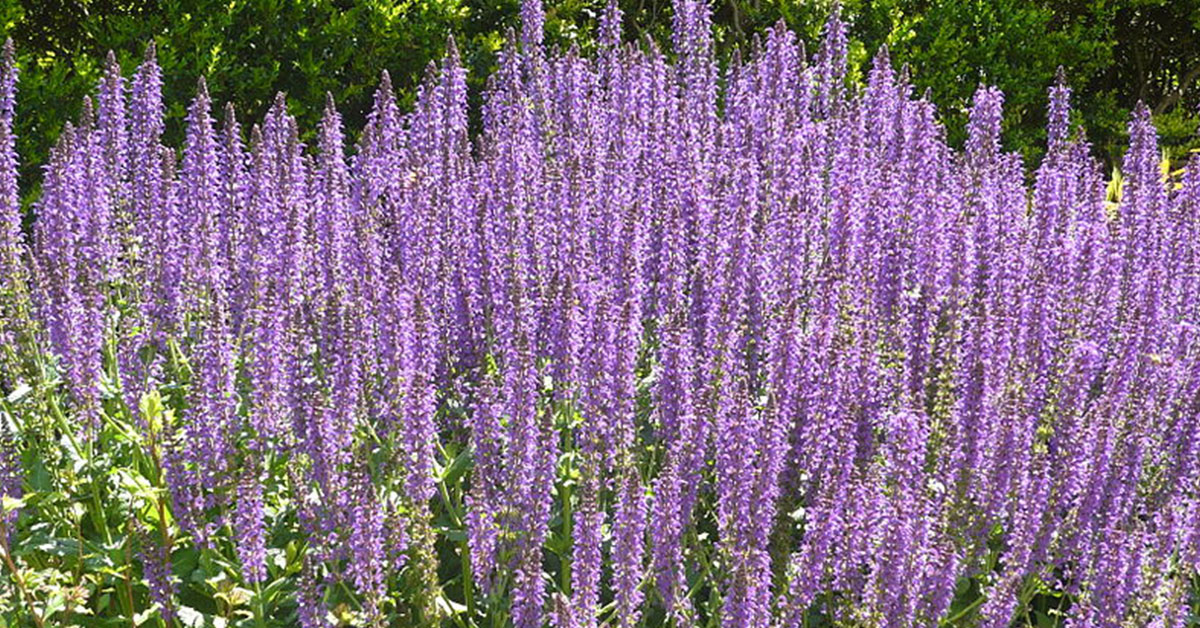As a pet owner and plant enthusiast, it’s important to know which indoor plants can pose a serious threat to your furry friends. Many common houseplants, while beautiful and beneficial for indoor air quality, contain toxins that can be harmful or even fatal to pets if ingested. Understanding which plants to avoid can help you create a safer environment for your beloved animals.
I can’t tell you how many times I’ve had to reconsider my plant choices to ensure the safety of my pets. It’s such a bummer to part with a favorite plant, but the well-being of our pets is always the priority. Let’s explore ten indoor plants that can be dangerous to pets and learn why they should be kept out of reach or avoided altogether.
Dieffenbachia (Dieffenbachia spp.)
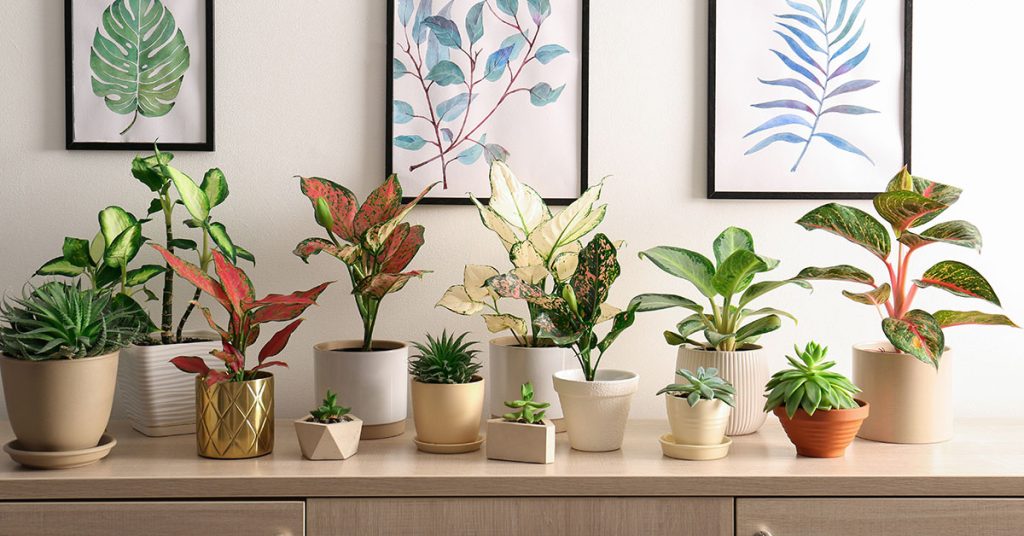
Dieffenbachia, also known as Dumb Cane, is a popular indoor plant known for its attractive, variegated leaves. However, it contains calcium oxalate crystals, which can cause severe irritation and swelling in the mouth, throat, and digestive tract if ingested by pets. This can lead to difficulty breathing, swallowing, and, in severe cases, death.
I love the lush, tropical look of Dieffenbachia, but its potential danger to pets is a significant concern. If you have cats or dogs that like to nibble on plants, it’s best to keep this one out of your home or in a location completely inaccessible to your pets. Safety should always come first when it comes to our furry family members.
Peace Lily (Spathiphyllum spp.)
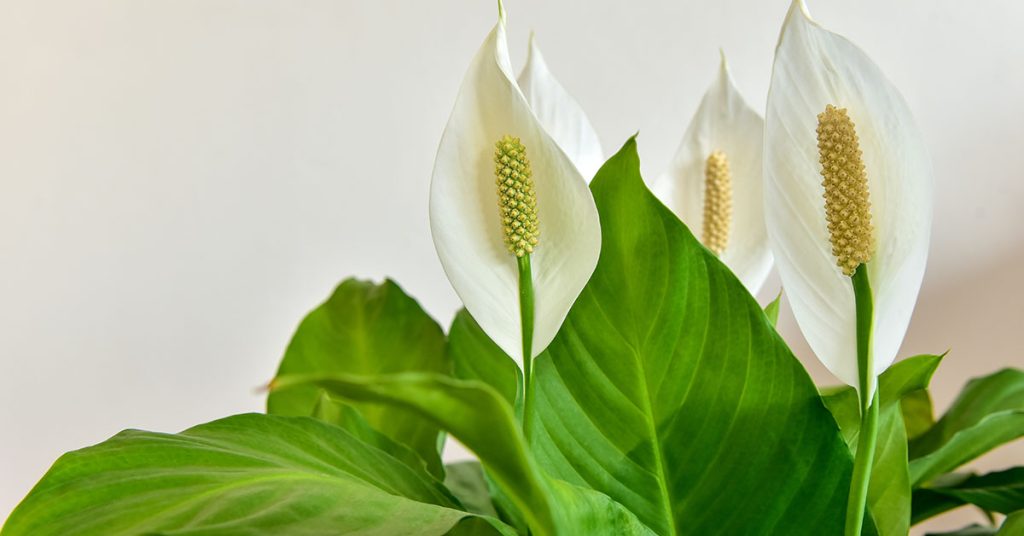
Peace Lilies are admired for their elegant white flowers and glossy green leaves. However, they contain calcium oxalate crystals, which can cause severe mouth and throat irritation, excessive drooling, vomiting, and difficulty swallowing if ingested by pets. Ingesting large amounts can lead to more serious health issues and should be treated as an emergency.
It’s frustrating when such a beautiful plant can pose such a risk to our pets. I know how tempting it is to decorate with Peace Lilies, but if you have curious cats or dogs, it’s better to opt for a safer alternative. Always prioritize your pets’ health and well-being when choosing houseplants.
Oleander (Nerium oleander)
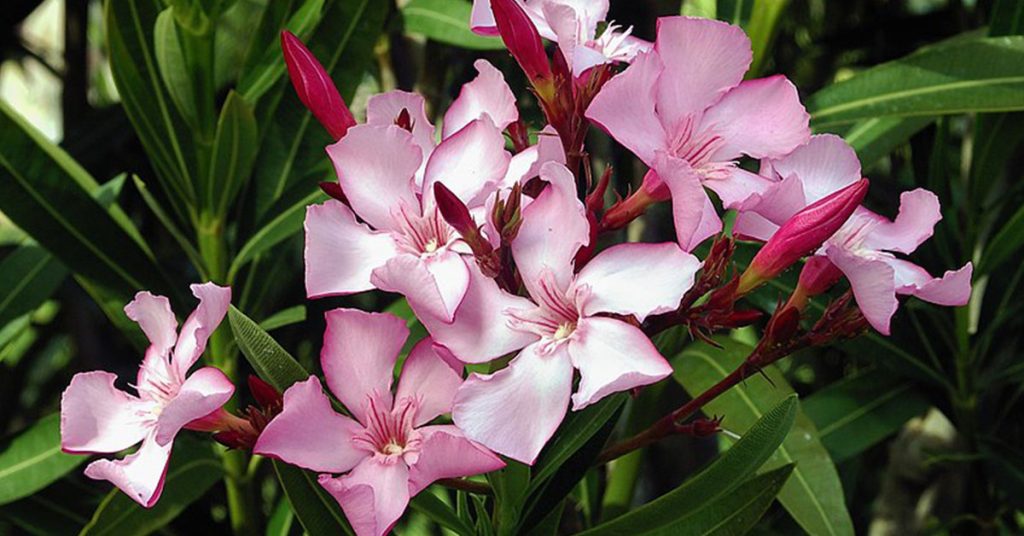
Oleander is a stunning plant with vibrant flowers, but it is extremely toxic to pets. All parts of the plant contain cardiac glycosides, which can cause severe gastrointestinal upset, abnormal heart rhythms, and even death if ingested. Symptoms of oleander poisoning in pets include vomiting, diarrhea, drooling, and lethargy.
I adore the beauty of oleander, but its high toxicity makes it a no-go for pet owners. If you have pets that roam indoors, it’s crucial to avoid having oleander in your home. There are plenty of other safe and beautiful plants to choose from that won’t put your furry friends at risk.
Sago Palm (Cycas revoluta)
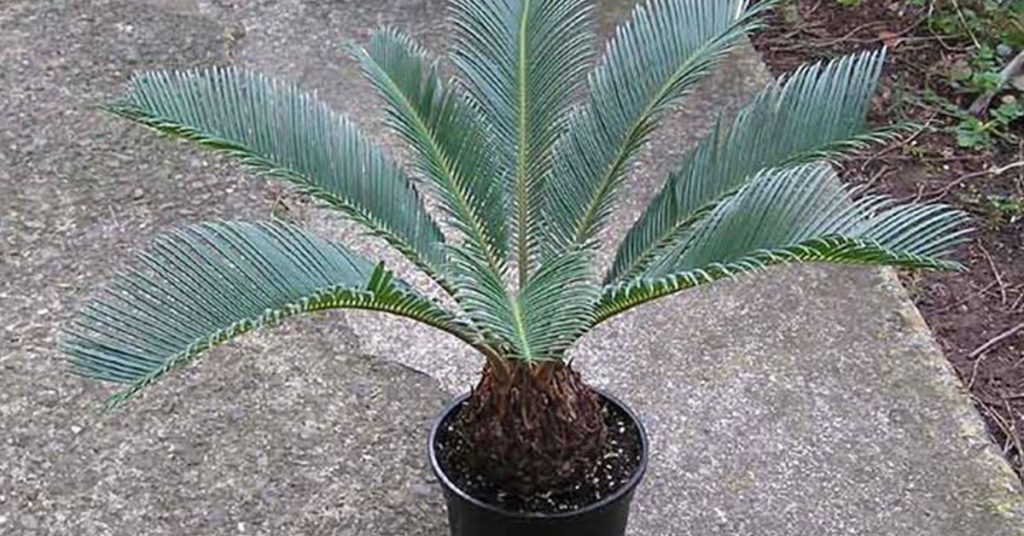
Sago Palm is a popular ornamental plant known for its feathery foliage. However, it is highly toxic to pets, especially the seeds. Sago Palm contains cycasin, which can cause severe liver damage, vomiting, diarrhea, seizures, and potentially death if ingested. Even small amounts can be fatal to pets.
The Sago Palm’s striking appearance might tempt you to bring one home, but the risk to your pets is too great. I always advise pet owners to avoid this plant entirely to ensure their pets’ safety. It’s just not worth the potential heartache and danger.
Azalea (Rhododendron spp.)
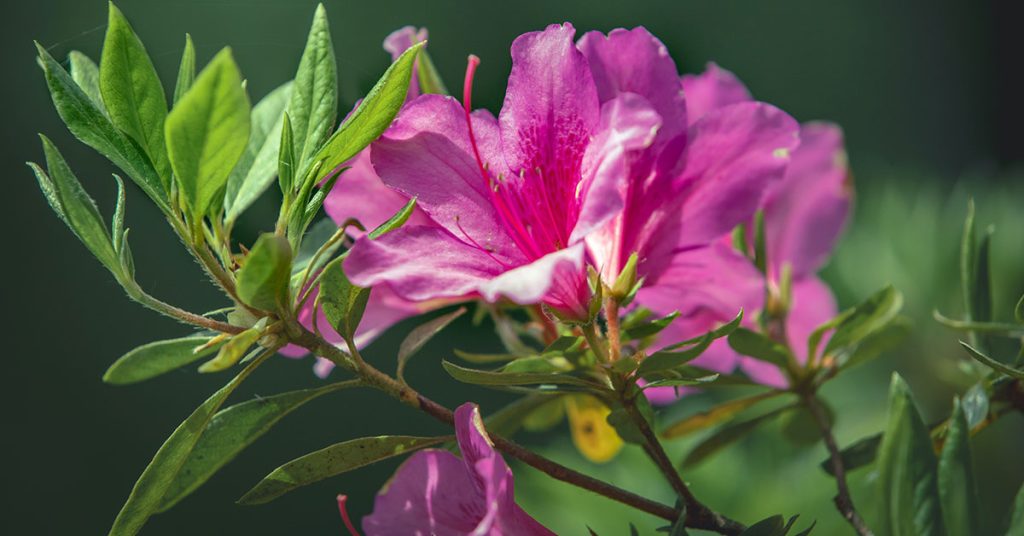
Azaleas are cherished for their vibrant, colorful blooms, but they contain grayanotoxins, which can cause vomiting, diarrhea, drooling, weakness, and even cardiovascular collapse in pets. Ingesting even a small amount of azalea can lead to serious health issues and should be treated as an emergency.
It’s such a bummer that a plant as beautiful as the azalea can be so harmful to pets. If you love azaleas, consider keeping them outdoors in a fenced area away from your pets, or opt for non-toxic indoor plants that won’t pose a risk to your furry friends.
Philodendron (Philodendron spp.)
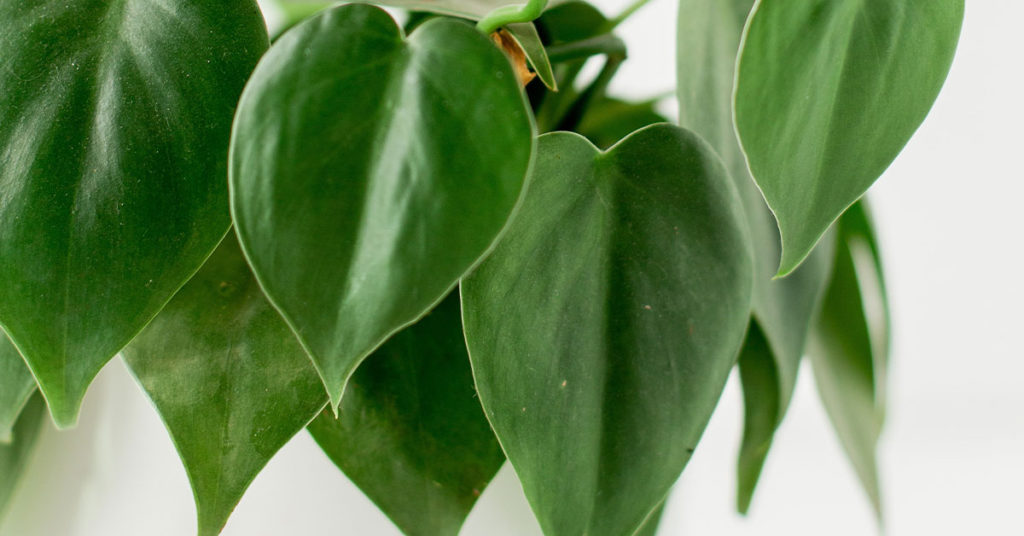
Philodendrons are popular for their easy care and attractive foliage. However, they contain calcium oxalate crystals, which can cause severe mouth and throat irritation, drooling, vomiting, and difficulty swallowing if ingested by pets. In severe cases, ingestion can lead to more serious health complications.
I know how frustrating it can be to find out that such a common houseplant can be dangerous to pets. If you have curious cats or dogs, it’s best to keep philodendrons out of reach or choose pet-safe alternatives. Your pets’ health and safety should always come first.
Lilies (Lilium spp.)
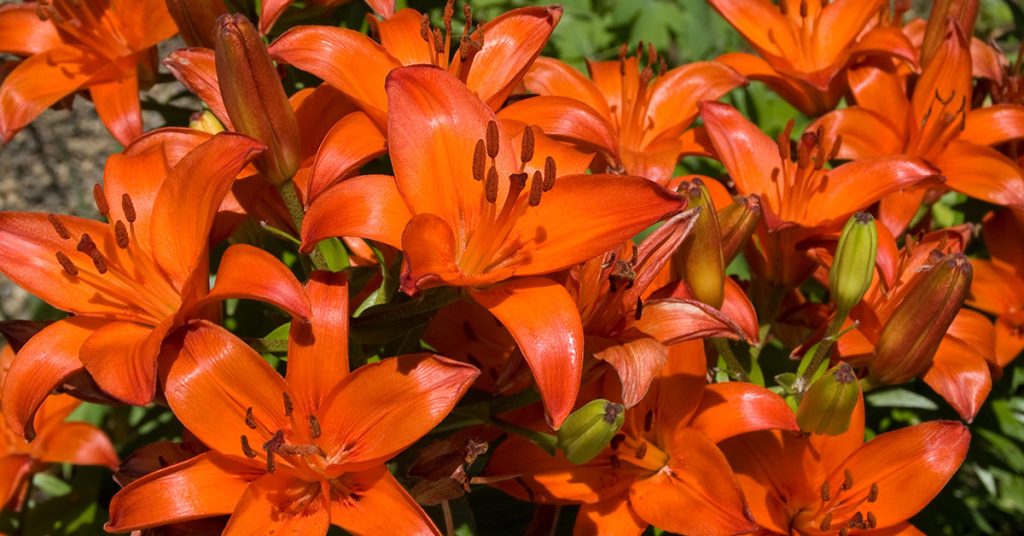
Lilies are renowned for their stunning beauty and fragrant flowers, but they are highly toxic to cats. Even a small ingestion of lily petals, leaves, pollen, or water from a vase can cause severe kidney failure in cats. Symptoms include vomiting, lethargy, and loss of appetite, which can quickly escalate to more severe health issues.
I absolutely love lilies, but their danger to cats is something every pet owner should take seriously. If you have cats, it’s best to avoid having lilies in your home altogether. There are many other beautiful flowers that won’t pose such a serious risk to your feline friends.
Jade Plant (Crassula ovata)
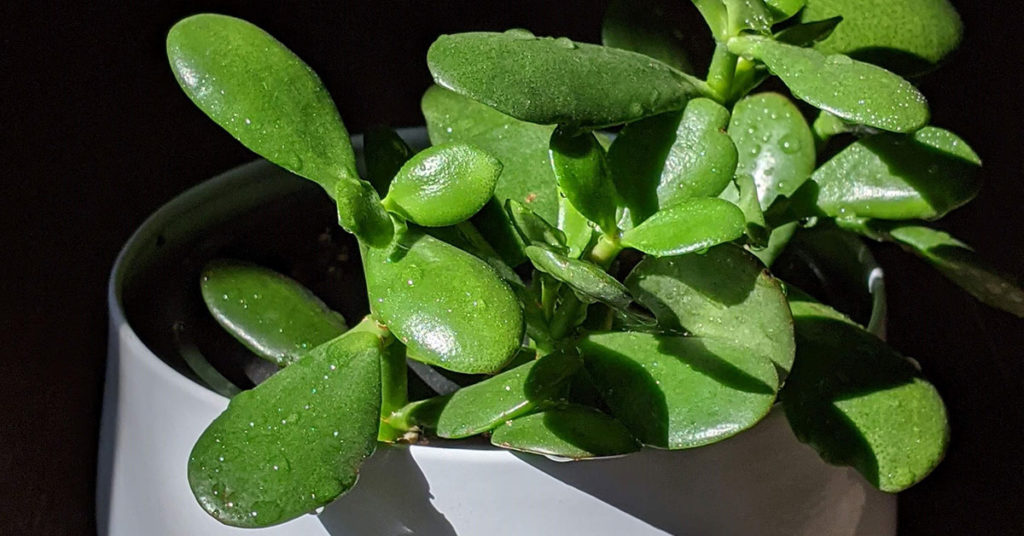
Jade Plants are popular succulents known for their fleshy leaves and easy care. However, they are toxic to pets and can cause vomiting, depression, ataxia, and even slow heart rate if ingested. While jade plants are not typically fatal, they can still cause significant discomfort and health issues for your pets.
I love the look of jade plants, but their toxicity to pets makes them a less desirable choice for pet owners. If you have pets that like to chew on plants, it’s best to opt for non-toxic succulents or place jade plants in areas where your pets can’t reach them.
Pothos (Epipremnum aureum)
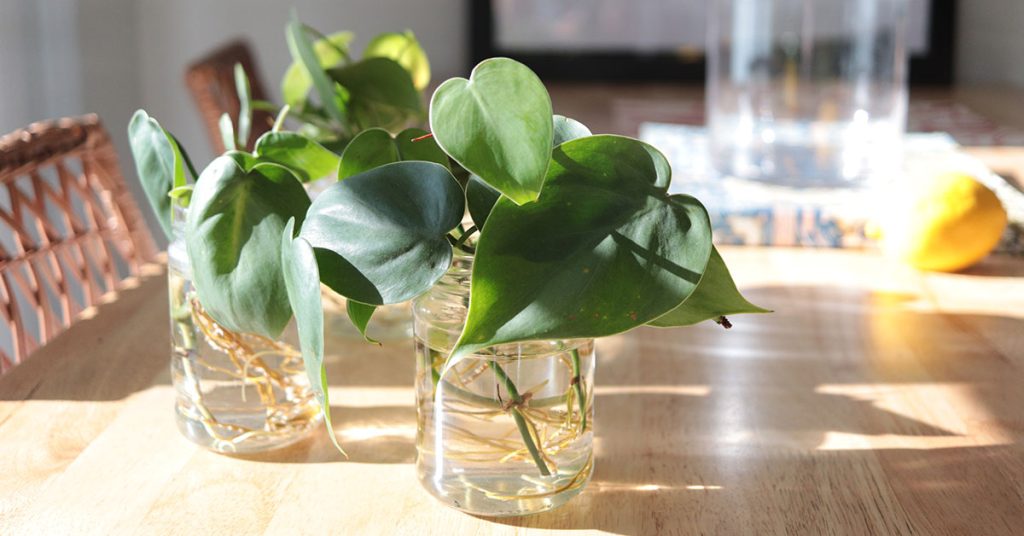
Pothos, also known as Devil’s Ivy, is a popular houseplant for its trailing vines and heart-shaped leaves. However, it contains insoluble calcium oxalate crystals, which can cause severe irritation and swelling in the mouth, tongue, and throat if ingested by pets. Symptoms include drooling, vomiting, and difficulty swallowing.
I adore the trailing beauty of pothos, but its potential danger to pets is a significant concern. If you have pets, it’s important to keep pothos out of their reach or consider pet-safe alternatives. Your pets’ well-being should always be a priority when selecting houseplants.
Cyclamen (Cyclamen spp.)
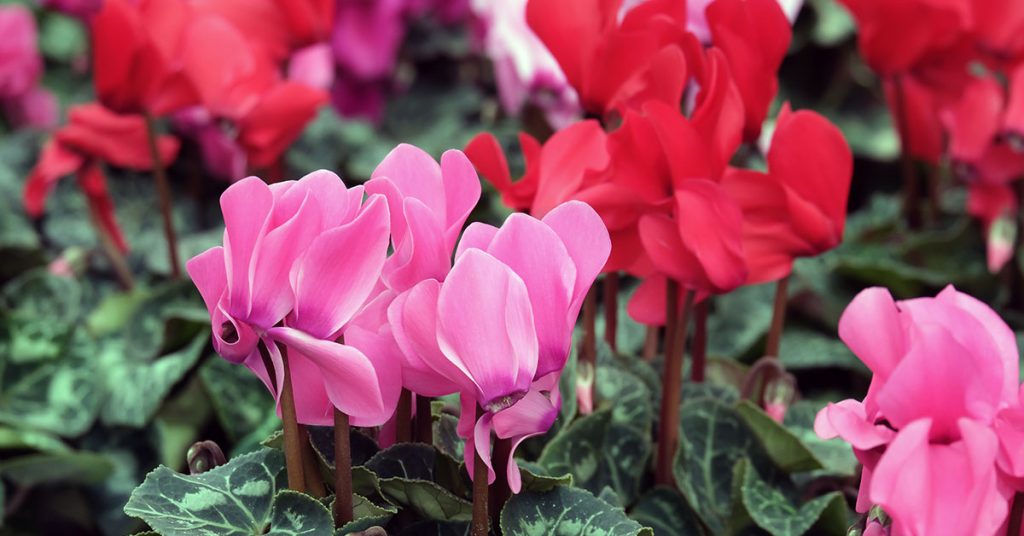
Cyclamen is a popular houseplant known for its beautiful, colorful flowers. However, it contains saponins, which can cause severe vomiting, diarrhea, drooling, and heart rhythm abnormalities if ingested by pets. The highest concentration of toxins is found in the tubers, but all parts of the plant are potentially dangerous.
I love the vibrant flowers of cyclamen, but their toxicity to pets makes them a risky choice. If you have curious cats or dogs, it’s best to avoid cyclamen or place them in areas completely inaccessible to your pets. There are plenty of other beautiful, non-toxic plants to choose from.
English Ivy (Hedera helix)

English Ivy is a popular indoor and outdoor plant known for its lush, trailing vines. However, it contains triterpenoid saponins, which can cause vomiting, abdominal pain, hypersalivation, and diarrhea if ingested by pets. In severe cases, ingestion can lead to more serious health issues.
It’s such a bummer when a plant as attractive as English Ivy can be so harmful to pets. If you love the look of ivy, consider choosing a pet-safe variety or ensuring it is placed in an area where your pets cannot access it. Your pets’ safety should always come first.
